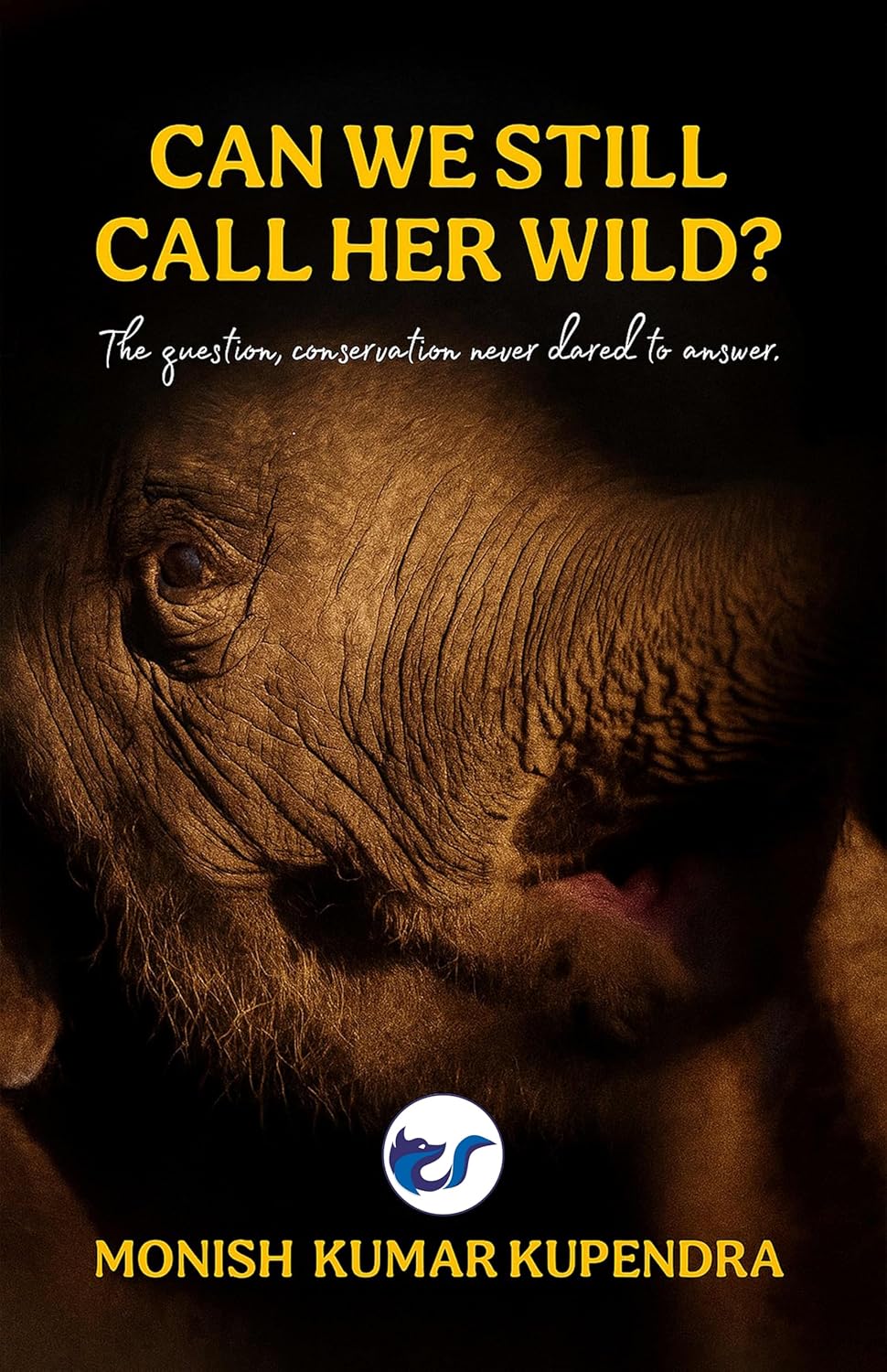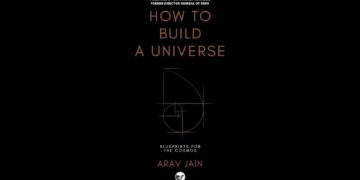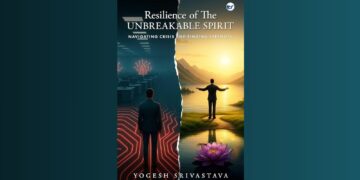
Can We Still Call Her Wild: Can We Still Call Her Wild? by Monish Kumar Kupendra explores the delicate balance between wildlife conservation and captivity, blending a compelling fictional narrative with the realities of field-based scientific research. At its core, the book tells the story of a female Asian elephant calf whose life is abruptly altered, while also capturing the challenges faced by aspiring wildlife scientists studying her species in the wild.
The Elephant Calf’s Journey
The story opens in the dense forests of South India, where a young elephant calf grows under the careful supervision of her mother and herd. Through rich, evocative prose, Kupendra illustrates the calf’s early experiences, highlighting the intricate social dynamics of elephants, their learning behaviors, and survival strategies. Her orphaning marks a turning point in the narrative, raising profound questions about what it truly means to be “wild.” Readers are compelled to reflect on how natural habitats, maternal care, and herd interactions shape the lives of wild elephants.
Transition to Semi-Captivity
After being orphaned, the calf is rescued by forest staff and relocated to a semi-captive elephant camp. Here, she encounters a human-managed environment where mahouts, biologists, and tourists play a crucial role in her care. While this intervention ensures her survival, it also constrains her natural behaviors, creating a moral and ethical dilemma: does saving her life justify the limits placed on her freedom? Kupendra’s exploration of this question invites readers to consider broader conservation debates, such as the trade-offs between protection and autonomy in wildlife management.
Life Through the Eyes of Students
Alongside the elephant’s story, five undergraduate life science students conduct a detailed field study on elephant behavior. Kupendra masterfully portrays the students’ learning journey, from long hours observing herds to meticulously recording data in challenging forest conditions. Their experiences illustrate the real-world complexity of conservation work, where setbacks, ethical dilemmas, and unexpected observations become part of the learning process. Through their narrative, the author emphasizes that conservation is not merely academic—it is immersive, physical, and emotionally demanding.
Conservation Ethics and Human Responsibility
One of the strongest aspects of the book is its engagement with conservation ethics. The juxtaposition of the elephant’s constrained life with the students’ immersive fieldwork provokes deep reflection on human responsibilities toward wildlife. How much intervention is too much? Can captivity ever be justified if it ensures survival? Kupendra encourages readers to examine these questions critically, presenting both the challenges and rewards of ethical conservation practices.
Reflections on Wildlife Behavior
The book offers remarkable insights into wildlife behavior, illustrating how elephants communicate, form social bonds, and adapt to environmental changes. By highlighting the calf’s responses to stress, loss, and human interaction, Kupendra provides a nuanced understanding of behavioral flexibility in elephants. This focus on animal psychology and adaptation enhances the educational value of the book, making it a valuable resource for students, researchers, and wildlife enthusiasts alike.
A Call to Aspiring Conservationists: Can We Still Call Her Wild?
Can We Still Call Her Wild? serves as both a narrative and a guide for future conservationists. It encourages readers to approach wildlife not only through observation and data but also through empathy and experience. Kupendra emphasizes the importance of reflection, patience, and ethical responsibility, urging the next generation of scientists to engage with nature thoughtfully and responsibly.
In conclusion, Can We Still Call Her Wild? is an evocative, thought-provoking work that bridges fiction and science. Monish Kumar Kupendra skillfully combines storytelling with field-based learning, prompting readers to reconsider notions of wildness, captivity, and human impact on nature. This book is an essential read for anyone passionate about wildlife conservation, elephant behavior, or ethical scientific inquiry. Through its blend of narrative richness, scientific insight, and ethical reflection, it offers a compelling lens into the challenges and rewards of understanding and protecting the natural world.

















